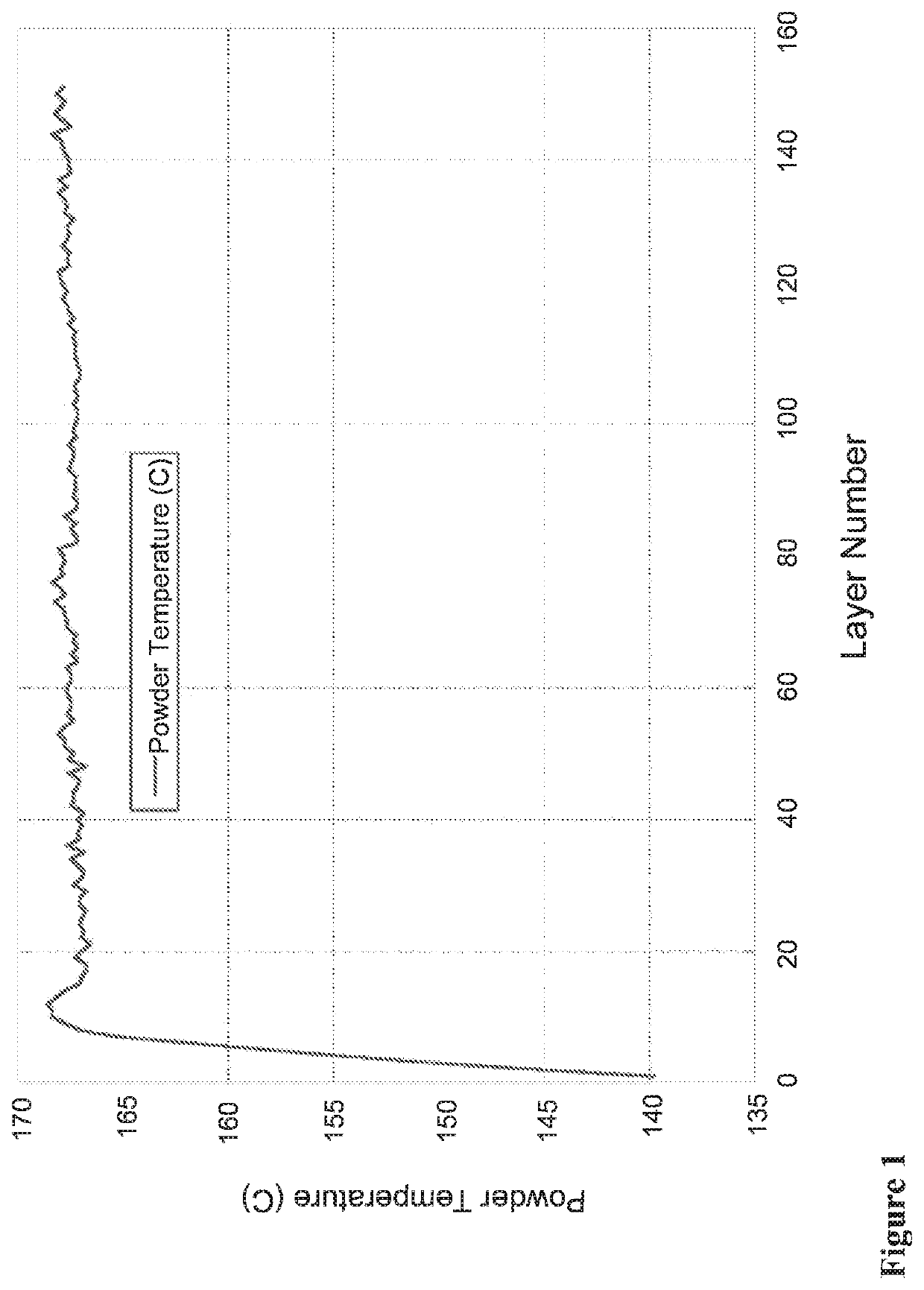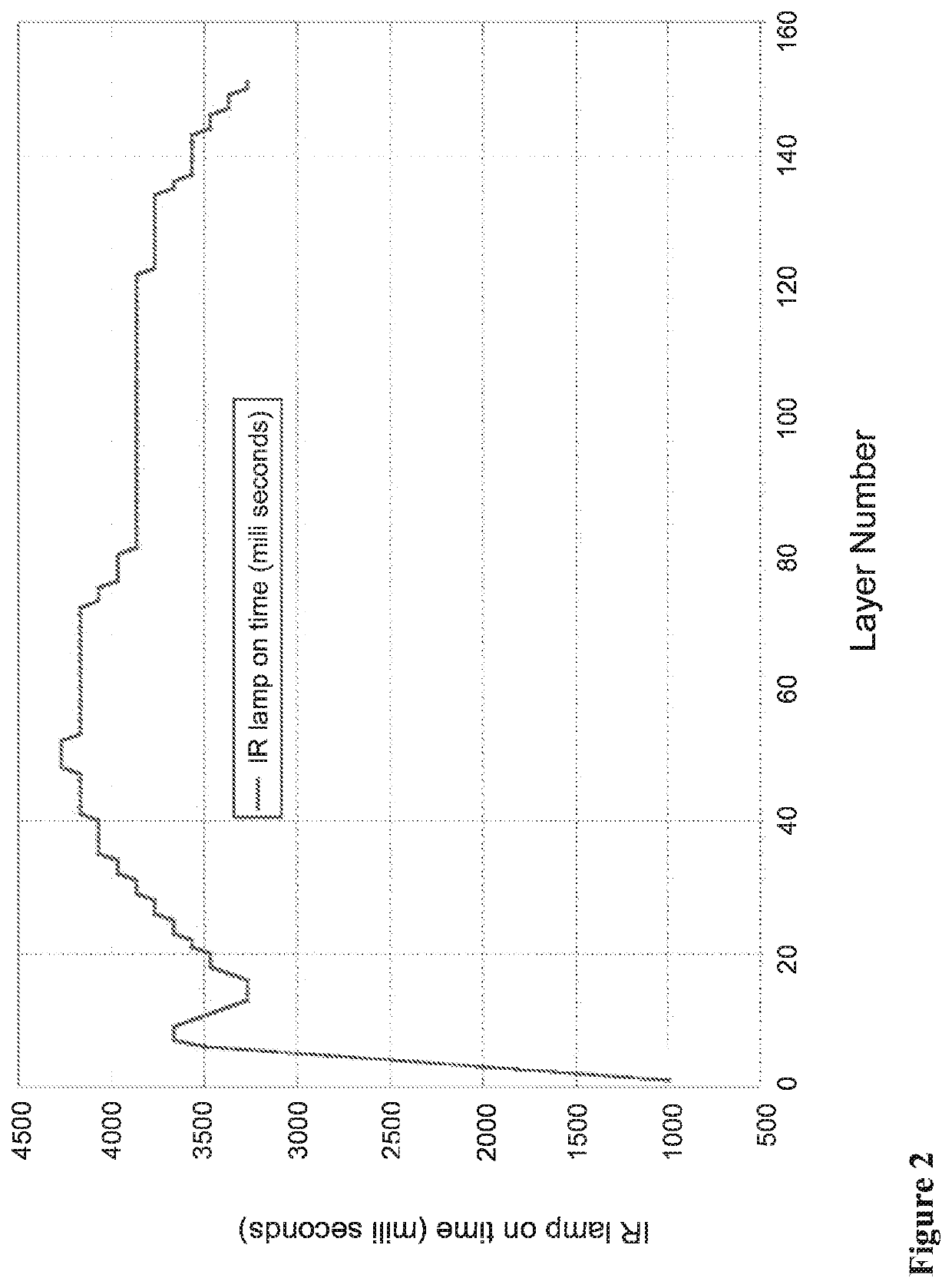Methods for use in printing
a printing and printing technology, applied in the field of printing methods, can solve the problems of low building speed, high cost of machines, and inability to achieve small details
- Summary
- Abstract
- Description
- Claims
- Application Information
AI Technical Summary
Benefits of technology
Problems solved by technology
Method used
Image
Examples
Embodiment Construction
Exemplary Two-Powder-Bed System According to the Invention:
[0105]1) Optionally, at least one heating element engineered to heat the whole inside of the printer environment.[0106]2) An optional ventilator for enhanced temperature uniformity.[0107]3) Two powder beds.[0108]4) Two powder recoating mechanisms, each including at least one roller or blade.[0109]5) A powder supply unit—optionally two such units per recoating mechanism to allow back and forth operation.[0110]6) At least one powder overflow cartridge for collecting left over powder at both ends of the recoater movement.[0111]7) A movable print head consisting of an array of laser scanners or an array of lasers without scanners.[0112]8) One or two optionally movable IR emitter arrays for powder preheating.[0113]9) One or more IR cameras or pyrometers to measure powder temperatures.[0114]10) One or more cameras for process control especially for active digital alignment of multiple scanners.
Exemplary Operation of a Two-Powder-B...
PUM
| Property | Measurement | Unit |
|---|---|---|
| Temperature | aaaaa | aaaaa |
| Time | aaaaa | aaaaa |
| Length | aaaaa | aaaaa |
Abstract
Description
Claims
Application Information
 Login to View More
Login to View More - R&D
- Intellectual Property
- Life Sciences
- Materials
- Tech Scout
- Unparalleled Data Quality
- Higher Quality Content
- 60% Fewer Hallucinations
Browse by: Latest US Patents, China's latest patents, Technical Efficacy Thesaurus, Application Domain, Technology Topic, Popular Technical Reports.
© 2025 PatSnap. All rights reserved.Legal|Privacy policy|Modern Slavery Act Transparency Statement|Sitemap|About US| Contact US: help@patsnap.com



